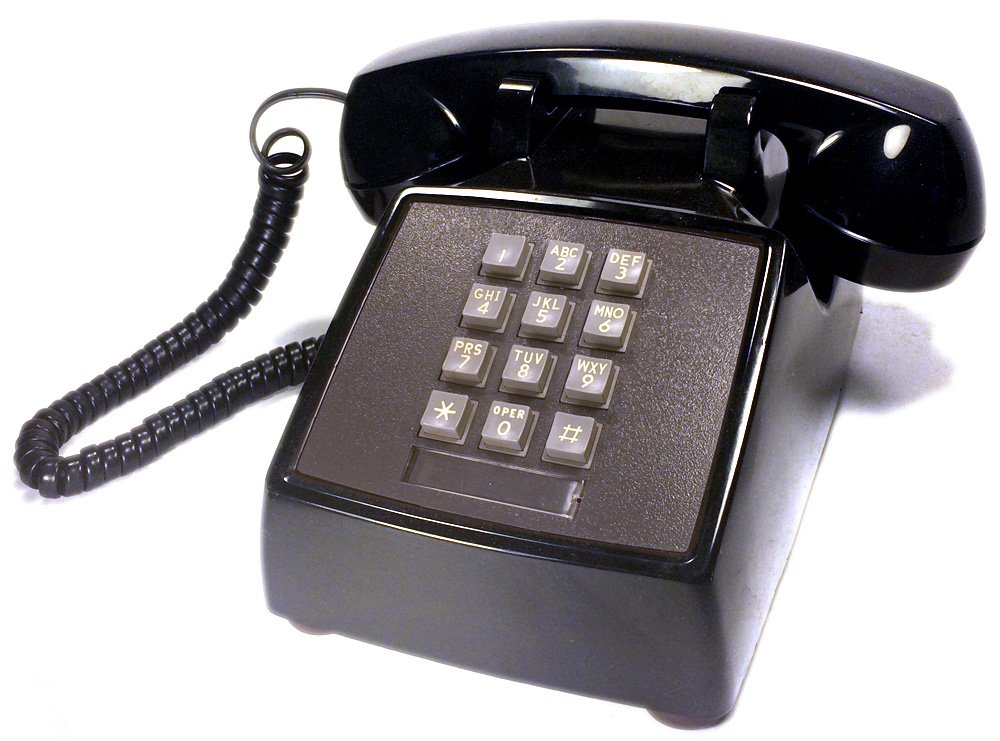1963: Introduction of Push Button Phones
On November 18, 1963, the era of rotary dial telephones began to fade with the introduction of the first push-button phones. These innovative devices, unveiled by Bell Telephone, represented a significant leap in telecommunications technology.
Before the introduction of push-button phones, rotary dial phones were the standard means of communication. Users would rotate a dial to select each digit of the phone number they wished to call. While this method served its purpose, it was time-consuming and often required patience as the dial slowly returned to its original position after each digit was selected.
With the introduction of push-button phones, the process of making a call became quicker and more efficient. Instead of rotating a dial, users could simply press a button corresponding to the desired digit. This not only saved time but also eliminated the need to wait for the dial to reset after each digit.
The introduction of push-button phones marked the beginning of a new age in communication technology. It revolutionized the way people interacted and connected across distances.
These new phones paved the way for the development of modern telecommunication devices. The push-button technology became the foundation for the touch-tone system that is still used today. The touch-tone system allows users to input numbers, letters, and symbols by pressing specific buttons, enabling a more versatile and efficient means of communication.
Furthermore, push-button phones opened up new possibilities for automated services. The ability to input numbers quickly and accurately allowed for the development of interactive voice response systems, where callers could navigate through menus and make selections by pressing buttons on their phones. This technology has become integral to various industries, including customer service, banking, and telecommunications.
Push-button phones also had a significant impact on the design and aesthetics of telephones. The sleek and compact design of these devices made them more visually appealing and user-friendly compared to their rotary dial counterparts. The buttons themselves were easier to use, especially for individuals with limited dexterity or mobility.
As technology continued to advance, push-button phones evolved further, incorporating features such as caller ID, speed dial, and answering machines. These additional functionalities enhanced the overall convenience and efficiency of telephone communication.
In conclusion, the introduction of push-button phones in 1963 marked a significant milestone in the history of telecommunications. This innovation not only improved the speed and efficiency of making calls but also laid the foundation for the development of modern telecommunication devices. Today, push-button phones are an integral part of our daily lives, enabling seamless communication across distances.

